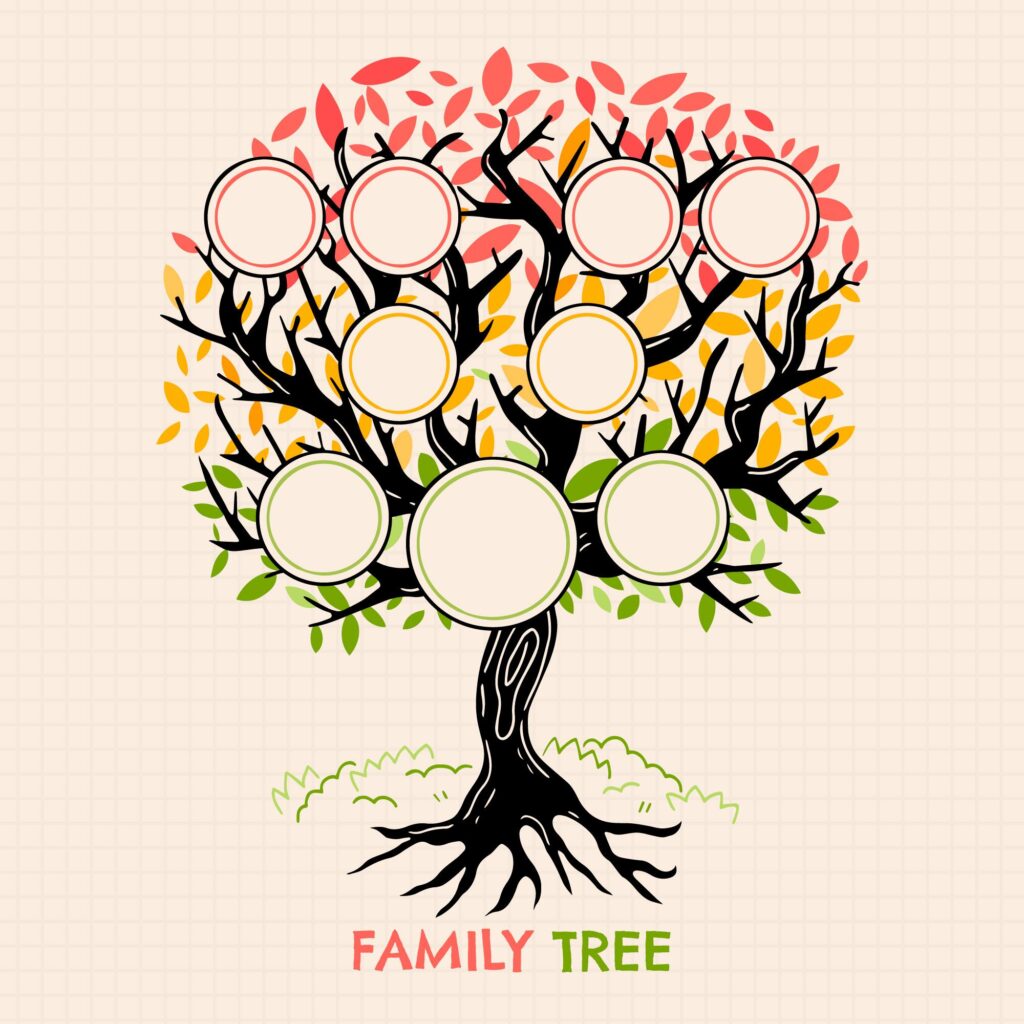For many of us, the idea of having royal blood or sharing DNA with a Hollywood icon feels like a fantasy. Yet today, this fantasy might not be far-fetched. With the rise of online genealogy platforms and affordable DNA testing, it’s now easier than ever to uncover surprising stories hidden in your family tree.
Whether you’re curious about family lore or just exploring your heritage, here’s how modern tools can help you piece together your ancestry — and possibly connect you to nobility or fame.
Why the Fascination with Famous Ancestors?
There’s something magnetic about discovering you’re distantly related to Queen Elizabeth or Tom Hanks. It adds intrigue to your identity. But even beyond the novelty, building a family tree brings a deeper connection to your history — it personalizes world events and reveals the migrations, professions, and relationships that shaped your lineage.
And yes, sometimes that lineage intersects with the rich and famous.
Building a Family Tree: Where to Begin
Before you start dreaming of royal titles or red carpet ties, you need a solid foundation. Begin with what you know:
- Collect family details: Talk to older relatives. Write down full names, birth and death dates, and locations. Even nicknames and family stories can become valuable leads.
- Start a tree online: Use platforms like Ancestry, MyHeritage, or FamilySearch to build your digital family tree. These sites often suggest potential matches from public trees or historical records.
These tools create a framework that allows you to layer in records and clues, one generation at a time.
Following the Paper Trail
You don’t need royal archives to get started. Standard historical records can be surprisingly revealing. Here are the main types of records to look for:
- Vital records: Birth, marriage, and death certificates often list parents’ names and occupations, which helps you move back a generation.
- Census data: Especially in countries like the U.S. and the U.K., census records show entire families living together, giving you a snapshot of their daily lives and locations.
- Immigration records: If your ancestors migrated, ship manifests and passenger lists may list their hometown — an essential clue for connecting to overseas records.
- Military files: Draft cards and service papers can give you personal details, addresses, and even physical descriptions.
- Wills and probate records: These are goldmines, especially if your ancestors held land or titles. Wills often mention family members, property, and location, helping connect branches of the tree.
When DNA Testing Meets Traditional Genealogy
Paper records can take you far, but DNA adds a powerful new layer. With a simple test from companies like AncestryDNA or 23andMe, you can get matched with thousands of genetic cousins.
These matches often reveal connections that are invisible in written records. For example, you might match with someone whose tree is extensively documented, perhaps even tracing back to nobility or a famous historical figure. When you combine this data with traditional research, the results can be astonishing.
For a detailed guide on how to use both DNA and documentary evidence together, check out this excellent resource: How to Combine DNA and Traditional Genealogy.
Is a Royal or Celebrity Link Actually Likely?
You might be surprised. According to genealogists, millions of people with European ancestry descend from medieval monarchs, including England’s King Edward III. In fact, due to centuries of intermarriage and population spread, many of us unknowingly share a tiny strand of DNA with historical elites.
There are also fun and well-documented cases of celebrities related to royalty:
- Benedict Cumberbatch is a distant cousin of King Richard III.
- Madonna is connected to Camilla, Queen Consort.
- Ellen DeGeneres and Kate Middleton share a 15th-century ancestor.
These connections are often distant — we’re talking 15th to 25th cousins — but still traceable using public records and DNA hints.
How to Spot a Possible Famous Connection
Here are a few signs you might be onto something notable:
- Your family lived near royal estates or castles — Check British censuses or land records.
- Mentions of “Sir,” “Baron,” or titles in wills — These can indicate noble lineage.
- Ancestral towns often match the known birthplaces of famous people, cross-referenced using historical directories or newspapers.
- You have genetic matches with people from documented noble trees. Reach out and compare your trees.
Don’t forget to verify everything. Online trees often have errors, so always look for sources.
Tips for Success in Your Search
- Be curious, not rushed: It can take time to sort through matches and documents.
- Stay organized: Keep a log of your sources and theories.
- Validate, don’t assume: Just because a tree says your ancestor was a duke’s daughter doesn’t mean it’s true — look for baptism records or wills.
- Use community forums: Platforms like Reddit’s r/Genealogy or Ancestry message boards are great for getting help on tricky leads.
Final Thoughts
Finding a connection to royalty or a celebrity won’t change your life, but it can deepen your appreciation for your family’s journey. More importantly, building a family tree allows you to reclaim the stories of everyday ancestors who faced wars, migration, love, and loss.
With today’s tools, anyone can start the search. You might not wear a crown, but your history could hold more surprises than you ever imagined.

